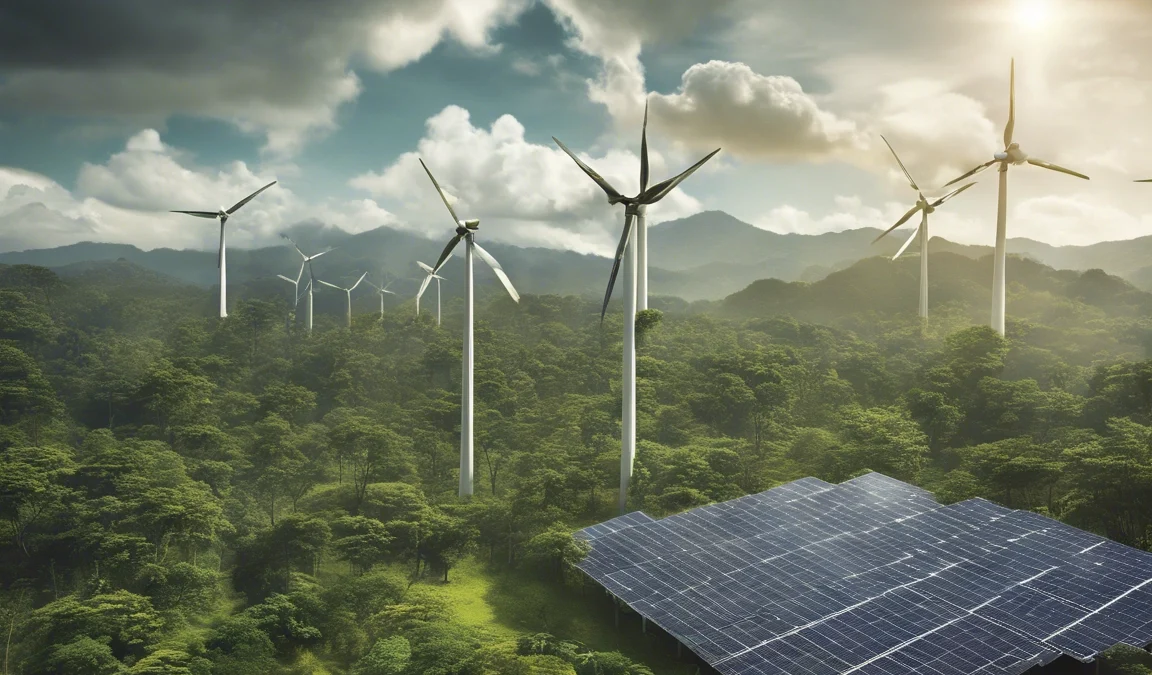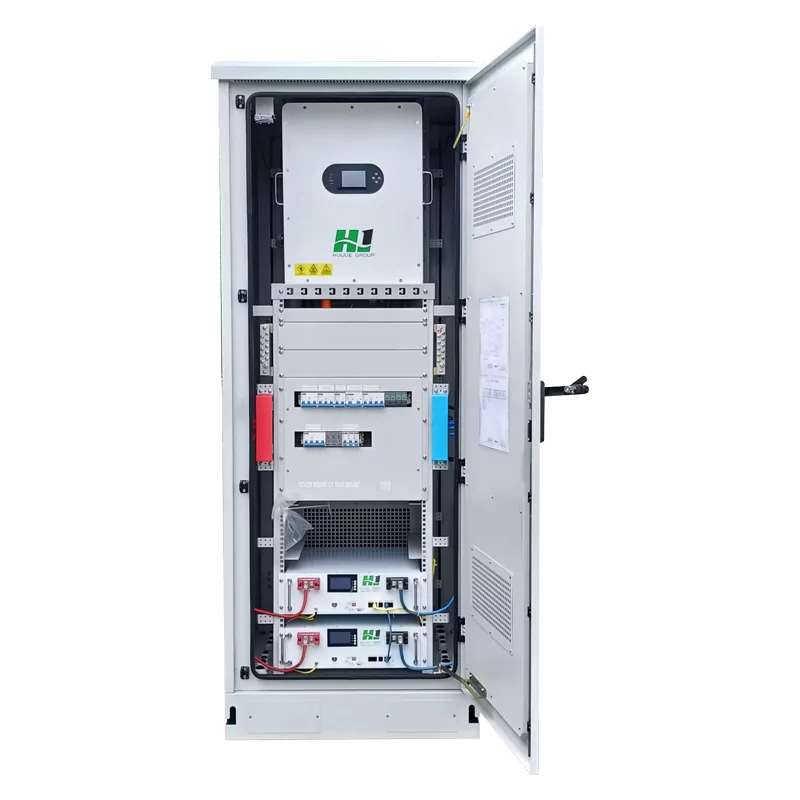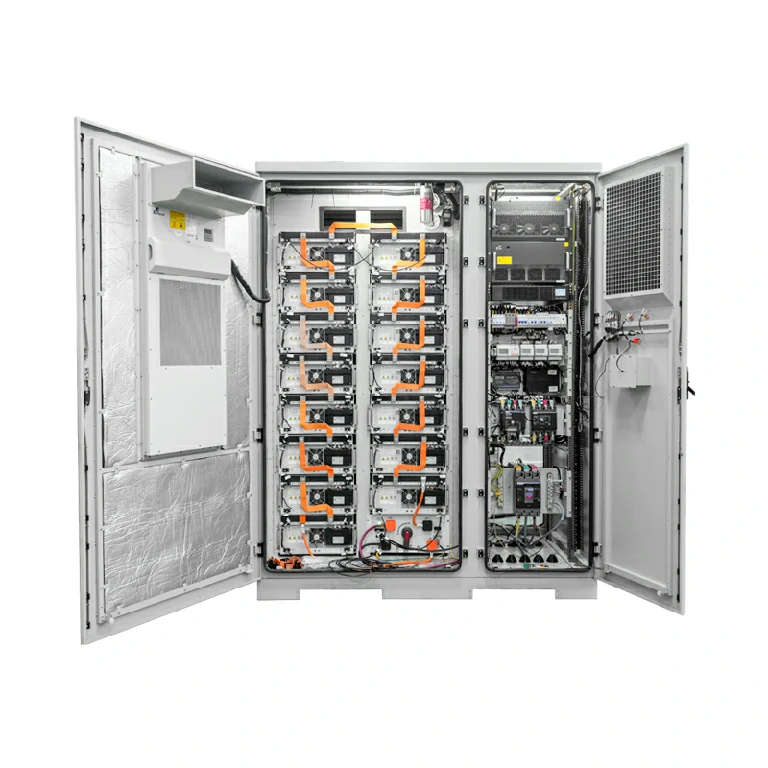In the international wave of strength transition, Indonesia is turning into one of the most watched international locations in Southeast Asia.
This archipelago kingdom with over 17,000 islands is now not solely the biggest economic system in Southeast Asia however additionally at a vital juncture in its electricity shape adjustment. The Indonesian authorities hopes to step by step limit its dependence on fossil fuels and obtain electricity fairness and sustainable improvement via coverage reforms and technological innovation. However, the avenue to power transition is now not easy in rural and far off island areas.
I. Energy Structure Transformation: The Gap Between Grand Vision and Reality
As per the “RUPTL 2025-2034” graph unveiled via PLN (Indonesia’s state-owned electrical energy firm), the u . s . intends to expand its energy era capability via 69.5 gigawatts in the subsequent decade, with 61% coming from renewable sources. Solar strength is the main supply of new technology capability with 17.1 gigawatts planned, and hydropower and wind energy tasks are additionally section of the pipeline. In addition, the Indonesian authorities has set apart 10.3 gigawatts for electricity storage projects, which encompass batteries and pumped storage, to assist the technology from renewables.Indonesia’s 2060 net-zero emissions goal is being facilitated thru the coverage measures. Nevertheless, the scenario is no longer as bright—renewable strength represents solely about 13% of the electrical energy combine at present, which is nonetheless beneath the initial goal of 17.9%. The undertaking is similarly compounded by using insufficient power infrastructure and sluggish assignment growth in far flung areas, for this reason main to a large hole between the transformative imaginative and prescient and the truth of its execution.

II. The “Last Mile” Challenge of Rural Electrification
The energy dilemma in rural Indonesia is not only an obstacle to the economic growth of the region but at the same time a significant factor to the energy transition. In the year of 2020, the national electrification rate of 99.2% was achieved, but there were still about 590,000 households that were not connected to the grid.
The majority of these households are situated on very remote islands or in mountainous regions where it is next to impossible to get the grid extended, as the projects would be too expensive and the maintenance too difficult.
At present, these locations depend mainly on small diesel generators for their electricity supply. But diesel, on the other hand, is a nightmare for transport, its price is highly variable, and it is one of the main contributors to pollution. Worse still, the cost of electricity generated by diesel power is around USD 0.2 to 0.4 per kilowatt-hour, which is nearly two to three times that of solar energy storage systems.
Hence, the installation of distributed photovoltaic (PV) + energy storage microgrid systems has become a major breakthrough for Indonesia’s “last mile electrification” effort.
III. Village-Level Solar + Energy Storage Plan: A “New Engine” for Energy Transition
To address rural energy shortages, the Indonesian government has proposed an ambitious plan—to deploy 80 gigawatts of solar power systems and 320 gigawatt-hour battery energy storage (BESS) systems in 80,000 villages nationwide, along with 20 gigawatts of centralized PV power plants.
This plan, led by the “Red and White Village Cooperatives (KDMP),” aims to create an energy self-sufficiency system at the village level, empowering rural communities as energy producers and managers.
This “distributed microgrid” model, with a core unit of “1 megawatt of PV + four megawatt-hour strength storage system,” can function independently in areas besides a electricity grid. According to calculations by way of the Indonesian Energy Research Institute (IESR), the levelized value of electrical energy (LCOE) of this machine is solely US$0.12 to US$0.15 per kilowatt-hour, some distance decrease than diesel electricity generation.
If efficaciously implemented, it can now not solely change diesel however additionally force nearby financial improvement and furnish secure energy for schools, healthcare, and agriculture. IV. Energy Storage Technology: A Key Pillar for Rural Energy Transition
In these village-level projects, battery-energy storage structures (BESS) are the core thing for accomplishing a steady electricity supply.
During the day, when photo voltaic energy era is sufficient, the strength storage gadget shops extra electricity; at night time or on cloudy days, it releases the extra electricity to supply non-stop energy to the village.
Currently, Indonesia in particular makes use of lithium batteries, particularly lithium iron phosphate (LiFePO₄) technology, which has grow to be the mainstream desire due to its excessive protection and lengthy cycle life.
Meanwhile, with the smart upgrading of power storage systems, smart microgrid options outfitted with EMS (Energy Management Systems) are turning into increasingly more popular. EMS can routinely alter storage and discharge techniques primarily based on load, climate forecasts, and electrical energy expenditures to attain finest strength allocation and price savings.
These solutions are not only applicable to rural Indonesia but also provide a reference for off-grid areas in other developing countries in Southeast Asia.
V.From Challenges to Opportunities: The “Implementation Logic” of the Energy Storage Industry
While Indonesia’s energy storage market has enormous potential, its actual implementation still faces three major challenges:
Funding Bottleneck: Many projects rely heavily on loans from state-owned banks, posing high fiscal risks;
Technology and Talent Gap: There is a shortage of skilled system integrators and maintenance personnel;
Supply Chain Reliance on Imports: The local photovoltaic and battery manufacturing system is still underdeveloped.
However, Indonesia possesses abundant nickel ore resources, a crucial raw material for lithium battery manufacturing. With increased international investment and stronger policy support, Indonesia is expected to build a local energy storage manufacturing system.
In the future, if the government can optimize financing mechanisms and introduce international technological cooperation, the energy storage industry will become a key pillar of Indonesia’s “energy independence.”
VI. Energy Storage Makes Rural Areas More “Energetic”
Rural energy transformation is not just about “lighting up villages,” but also about injecting new vitality into economic development.
The introduction of energy storage systems not only provides villagers with stable and clean electricity but also enables agricultural irrigation, cold chain storage, and small processing plants to operate, thus forming a positive cycle of “energy-industry-income.”
In this process, the reliability of energy storage equipment and system integration capabilities are crucial.
Taking Hj Group as an example, its outdoor energy storage systems, wall-mounted residential energy storage batteries, and integrated commercial and industrial energy storage cabinets have been very popular in off-grid projects.
With high-safety lithium iron phosphate cells, intelligent EMS control, and modular design, Hj’s energy storage solutions can flexibly adapt to the tropical high-humidity environment, providing stable clean energy solutions for rural Indonesia.
VII. Enhancing Energy Equity in Every Village
Indonesia’s rural energy transition is a long and complex transformation.
To truly bring clean energy to rural areas, not only policies and capital are needed, but also reliable energy storage technology support.
Energy storage is the bridge connecting the sun and the night, ideals and reality. It allows energy transition to move beyond policy documents and illuminate every remote village.
If you are also interested in rural energy transition or distributed energy storage systems, welcome to learn about Hj Group’s energy storage solutions.
We provide integrated product services from cells to systems for off-grid and commercial/industrial scenarios worldwide,
helping more regions achieve energy independence and a green future.







